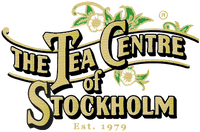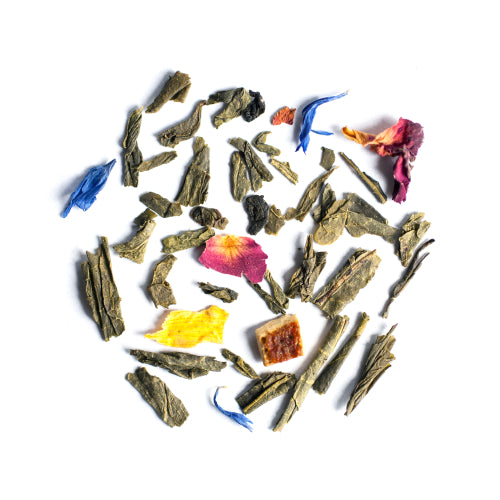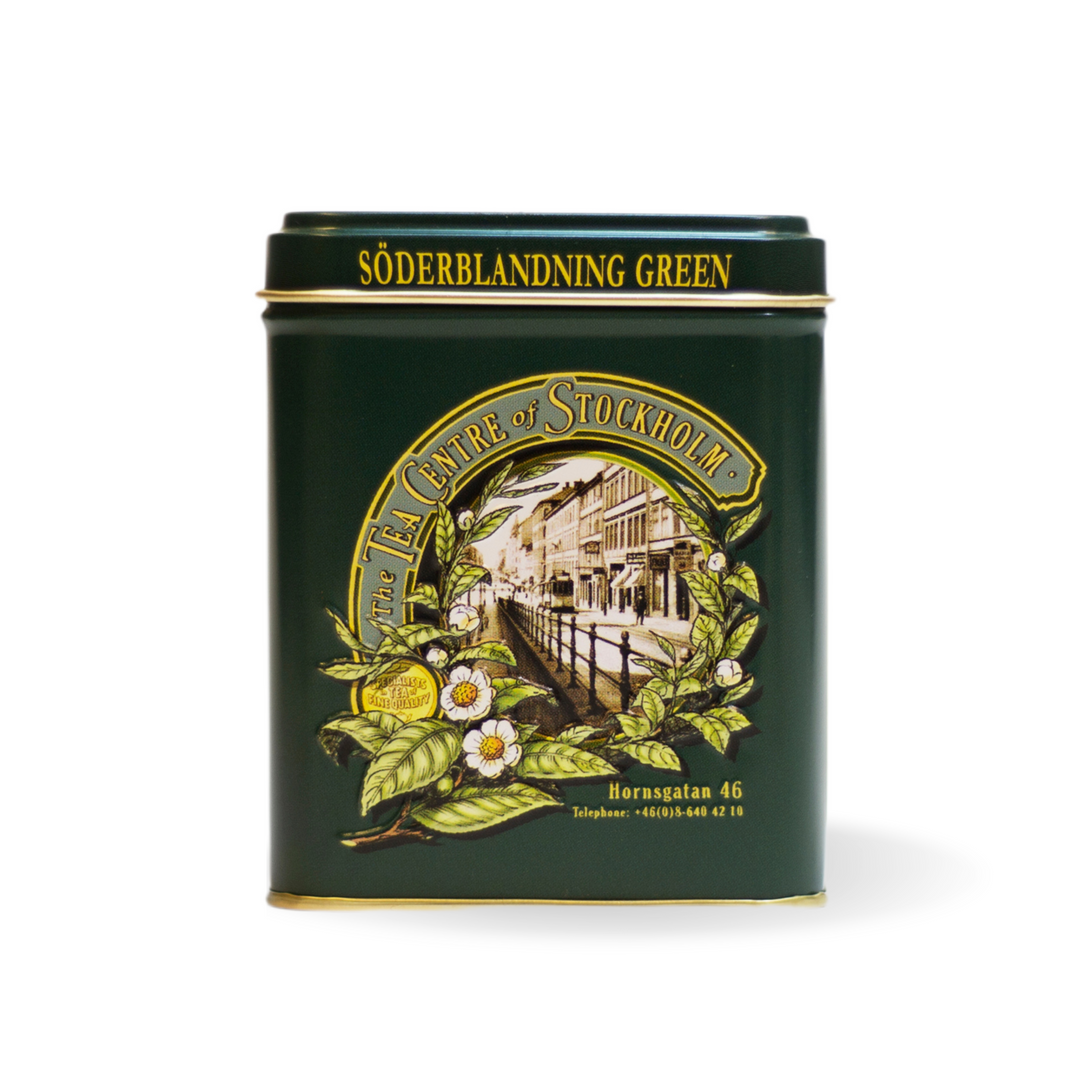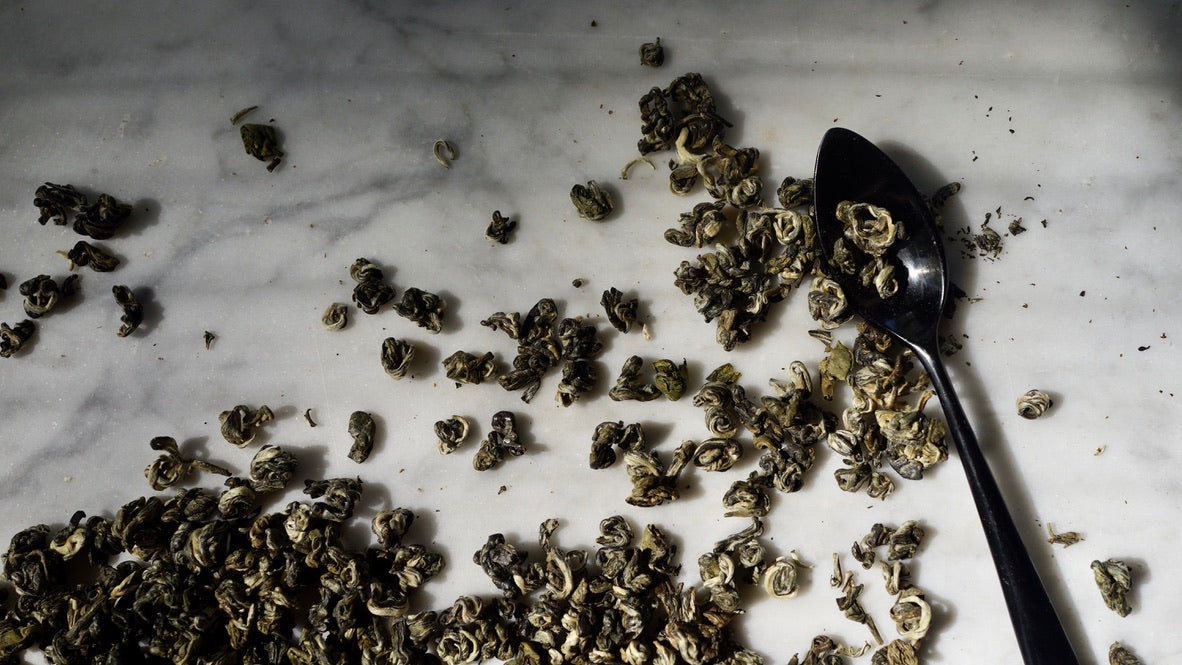A healthy and versatile drink
Green tea has long been unique to China and Japan. Today, green teas are spreading all over the world. Sencha, Longjing, Gyokuro and Matcha are names that will soon sound as familiar in the West as Ceylon, Darjeeling and Earl Grey.
Green tea is an incredibly versatile drink thanks to its flavor and freshness.
Green tea to food
Those of us who have access to all sorts of green teas from a regular tea shop can also find teas for every conceivable food. Green tea can complement most types of lighter food but can also stand up to strong flavors. For example, a Longjing with a strong Chinese dish with Sichuan pepper. There is nothing that says that green teas only go with Asian food. A Japanese tea can highlight the fish flavor in a sushi dish but can just as easily replace the champagne with a poached sole.
Many of the green teas also elevate desserts to completely new dimensions, such as Sencha for panna cotta or cream cake. Green teas are most often referred to as teas that have not been oxidized and are usually those that have been heated by steaming or roasting. For the sake of simplicity, you can include all teas that are not oxidized, including white and yellow teas.
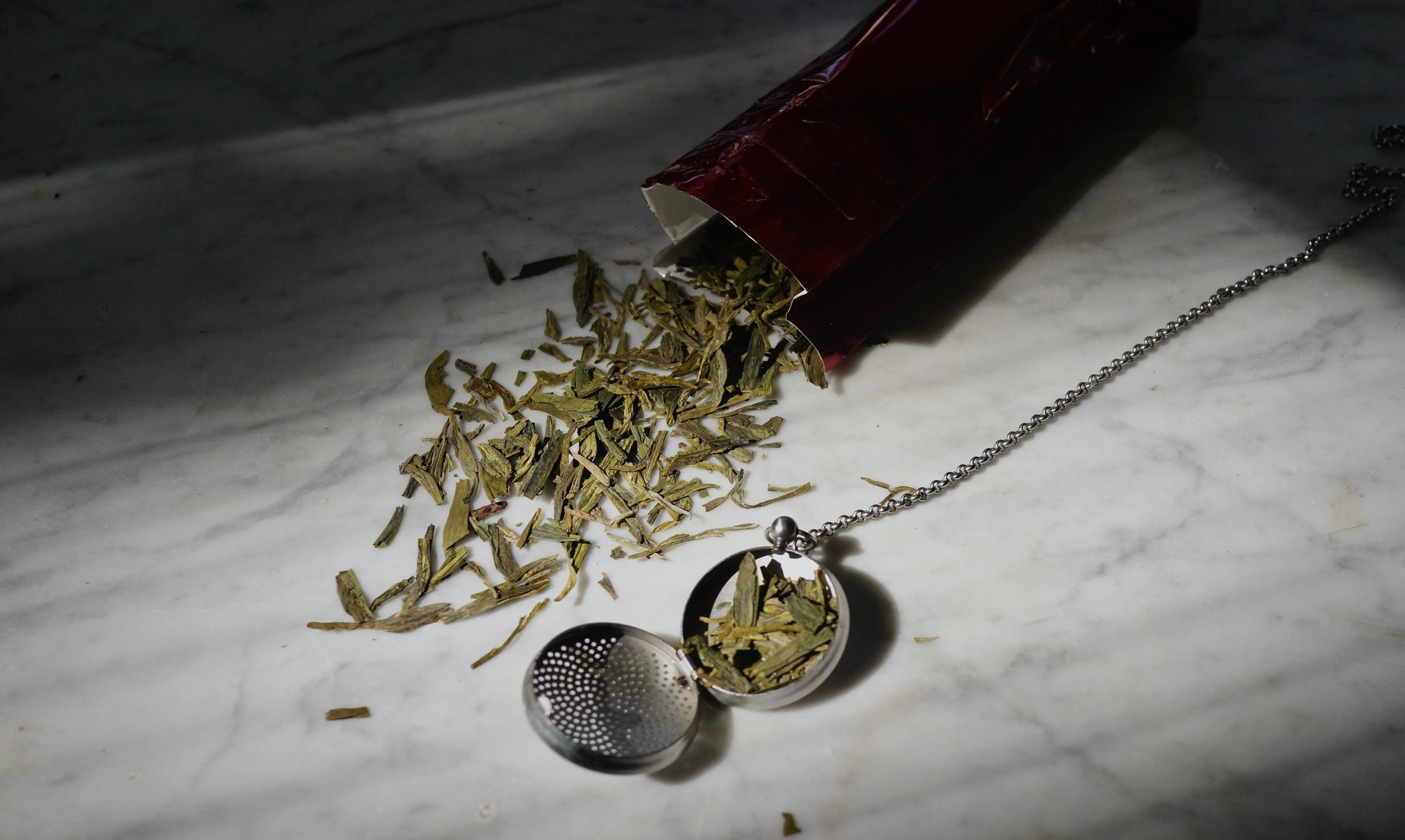
How to brew green tea ?
Den västerländska stilen
Den västerländska bryggningsstilen passar för smaksatta gröna teer eller tex Darjeeling first flush. Tanken bakom denna teknik är att använda färre blad och mycket mer vatten, medan bryggtiden blir längre för att extrahera så mycket av smaken som möjligt på en och samma gång.
Till 2 dl vatten krävs 3-4g teblad. Låt brygga 2-3 minuter. Drick och njut!kinesiska Gong fu-stilen
För rena gröna teer från japan, kina och taiwan föreslår vi den traditionella kinesiska Gong Fu-stilen till att brygga ditt te. Tanken bakom denna teknik är att använda större proportioner av teblad till vatten och mycket kortare bryggningstider. Genom att använda mer teblad och ha mycket kort bryggning, lyckas man bara extrahera delar av hela smakspektrat. Teet kan då alltså avnjutas i så kallade "sektioner", vilket ger en mycket mer nyanserad upplevelse. Eftersom smaken utvecklas gradvis och det är mycket mer blad, bidrar detta till en betydligt mer intensiv smak än vid bryggning i västerländsk stil.
Till 2 dl vatten krävs 5-6g teblad. Låt brygga 30-45 sekunder. Tebladen går att brygga flera gånger, öka med 15 sekunder per bryggning, och upptäck nya smaker utvecklas vid varje bryggning. Drick och njut!an aromatic experience
Average green tea can be quite boring. But good quality green tea is an aromatic experience on a par with fine wines, chocolate or any gourmet ingredient. In addition, there are green teas of completely different characters – from a roasted, robust Japanese Hojicha and an earthy, rich Bi Luo Chun to an elegant, fruity, primrose-scented Gyokuru. The genre is surprisingly multifaceted with types as diverse as green pressed cakes of steamed pu er tea, green decorative teas in artistic shapes or powdered like Japanese Matcha tea.
What sets green teas apart from others is that they are not oxidized (reacted with oxygen). They therefore retain much of the natural tea flavor. Everything the small tea leaves have been through has left its clear mark: the soil they grew in and took nourishment from, the water they absorbed, the altitude, the winds, the sun and the entire microclimate. You can clearly feel it in the aroma and flavor. The tea has not changed its flavor or character and has not lost much of the beneficial substances and antioxidants the tea plant contains.
